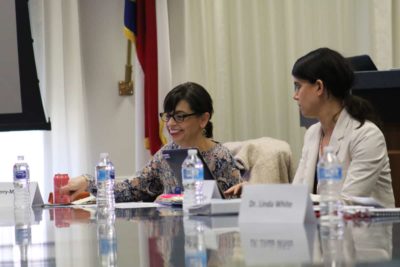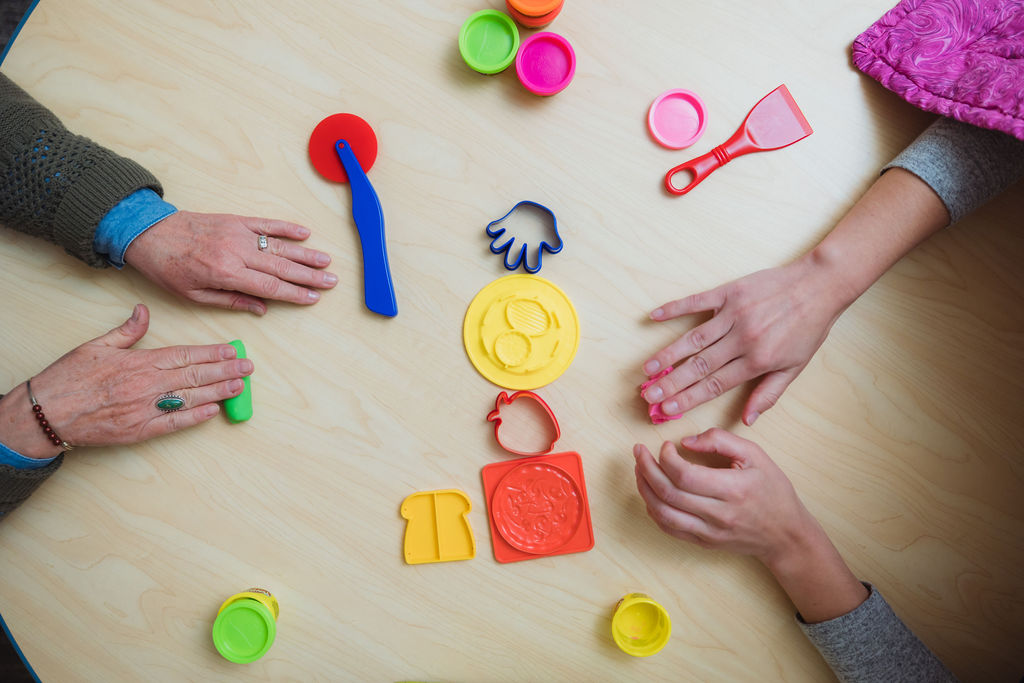
Editor’s note: This article discusses mental health and abuse.
Before Mike Yaniero served Jacksonville for two decades as its police chief and public safety director, he was working as a detective in Virginia and Tennessee. Yaniero, who recently retired, began to notice worrisome patterns in the management of child abuse and neglect cases.
“A lot of those cases fell through the cracks because they weren’t prosecuted properly,” Yaniero said.
Then he encountered a different way of doing things. While working in Sullivan County, Tennessee, Yaniero discovered a Children’s Advocacy Center (CAC), a national model that provides victims of child abuse with a child-friendly environment and a team of multi-disciplinary professionals to collect needed evidence and connect children and families to resources.
When Yaniero came to Onslow County in 2004, he partnered with other local leaders like Dawn Rochelle, CEO of One Place, to bring the model to the county. In 2010, they opened the second center of its kind east of I-95.
The center has since served thousands of children with comprehensive services and has made a big difference in the successful prosecution of cases, Rochelle and Yaniero said. In the fall, a new facility will mean the center will go from hosting one clinic to two.
![]() Sign up for the EdDaily to start each weekday with the top education news.
Sign up for the EdDaily to start each weekday with the top education news.
April is Child Abuse Prevention Month, and Gov. Josh Stein declared April 28 Children’s Advocacy Center Day. There are now 51 nationally accredited CACs across the state, according to Children’s Advocacy Centers of North Carolina (CACNC). CAC professionals, along with other victim service providers, are advocating for more funding this legislative session to reach more families and communities. And CACNC launched a campaign in March to educate the public on the signs of child abuse and how to report it.
“Every year there are more than 100,000 reports of child abuse and neglect in North Carolina,” Stein said. “I am proud to recognize Children’s Advocacy Center Day and Child Abuse Prevention Month so that we can seek justice and promote healing for North Carolina’s children, as well as reaffirm our commitment to protecting kids from abuse.”
‘A seamless process for children’
The CAC at One Place has served more than 4,200 children since it opened. One Place is part of the Smart Start network, a group of nonprofits with a range of services for young children and families across the state.
Of the cases that go to prosecution, 97% are successful, meaning the perpetrator is found guilty.
The success rate is due to both the day-of services CACs provide to children, as well as the professionals who stick with the case in the months and years afterward, Rochelle said.
More on youth well-being



The interview conducted when a child enters a CAC is evidence-based, recorded, and observed on screen by professionals from across different agencies in law enforcement and social services. The professionals can make sure all the information they need is gathered by the interviewer in one conversation. The recorded interview can then serve as the testimony if the case goes to trial down the line.
“It’s a recorded interview in a specific format with the same protocol, the same strategy,” Rochelle said. “The evidence is looked at more cohesively and consistently in the same way, and you have medical providers that can do the same-day assessment that is coordinated as part of evidence.”
Plus, the experience is better for the child.
“We’re trying to create a seamless process for children,” she said.
Instead of having to walk into a police station or another unfamiliar environment after a traumatic event, CACs are designed with children in mind. One Place’s center provides each child with a quilt made and donated by the Carolina Pine Needle Quilters Guild.
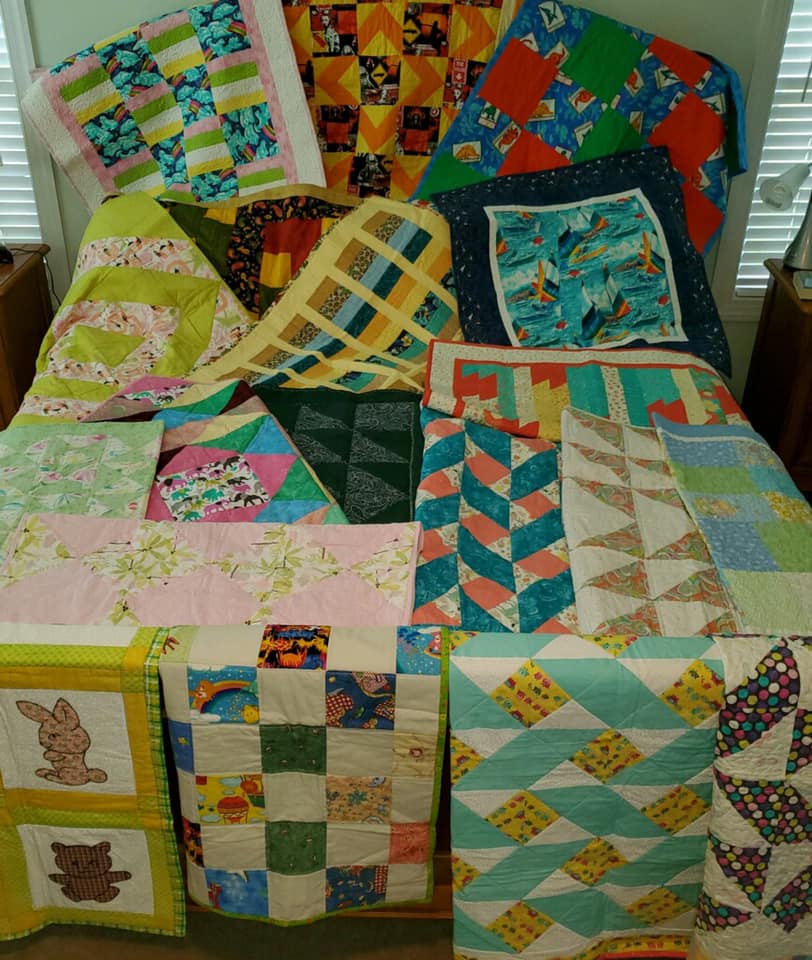
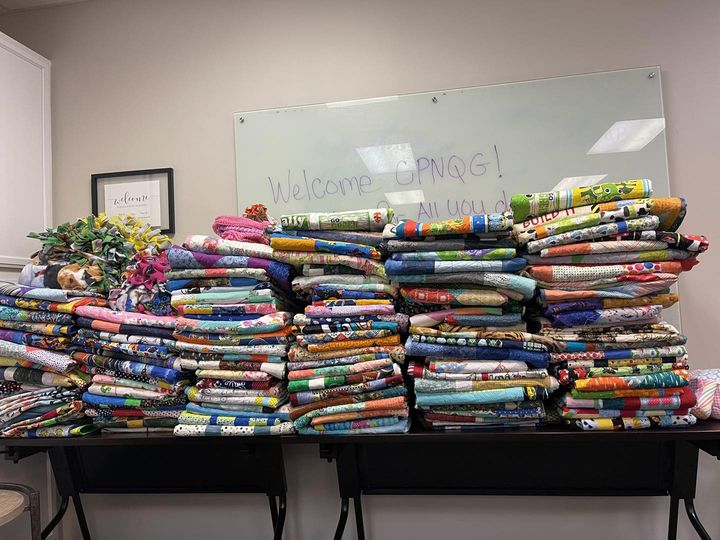
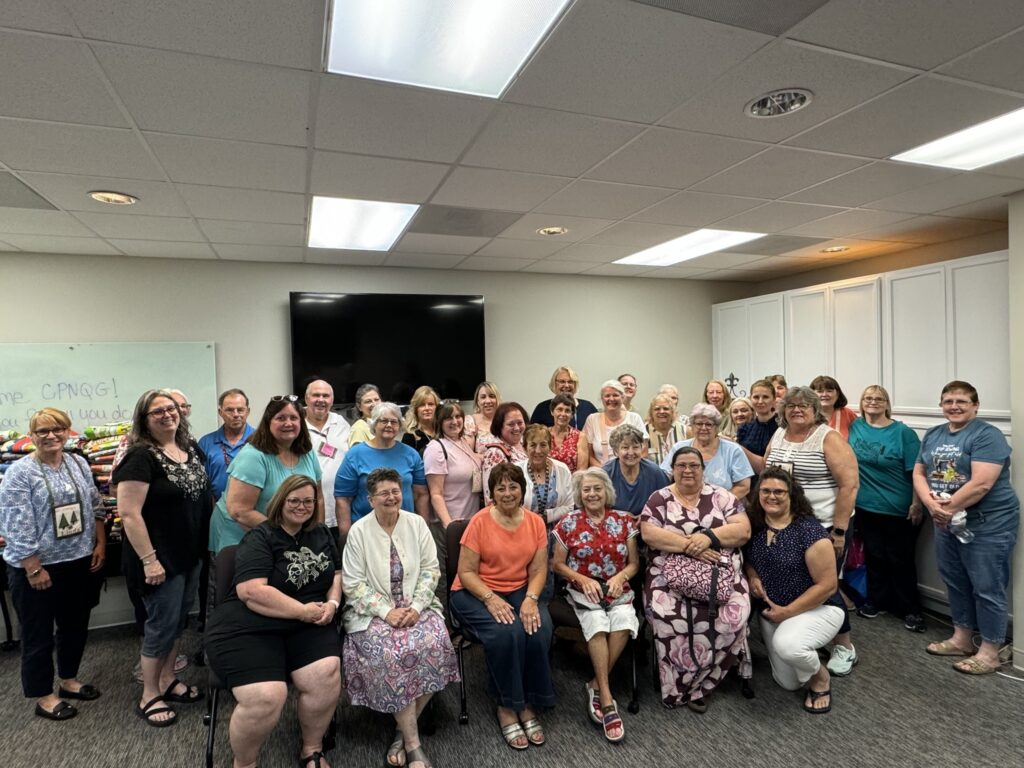
The centers bring the multi-disciplinary professionals to the child. The child does not have to leave to receive the necessary medical examinations. And the child only has to be interviewed about what happened once instead of being “revictimized over and over again,” Yaniero said.
“What I learned as a young detective working these cases is we had to do things a lot differently,” he said. “One of real benefits is the child only has to relive it once.”
Around 2005, Rochelle and Yaniero started bringing local leaders from across sectors together to pitch the difference the model could make. There were legal, cultural, financial, and logistical barriers, Rochelle said.
“This was a very novel concept to people that were used to very fractionalized services, where many times, if you don’t have the medical staff that are trained to be able to support the child and the family, if you don’t have a readily available law enforcement person who is trained to interview young children, you cannot get the evidence that you need,” Rochelle said. “So this was really about bringing a very standardized, evidence-based process that was coordinated.”
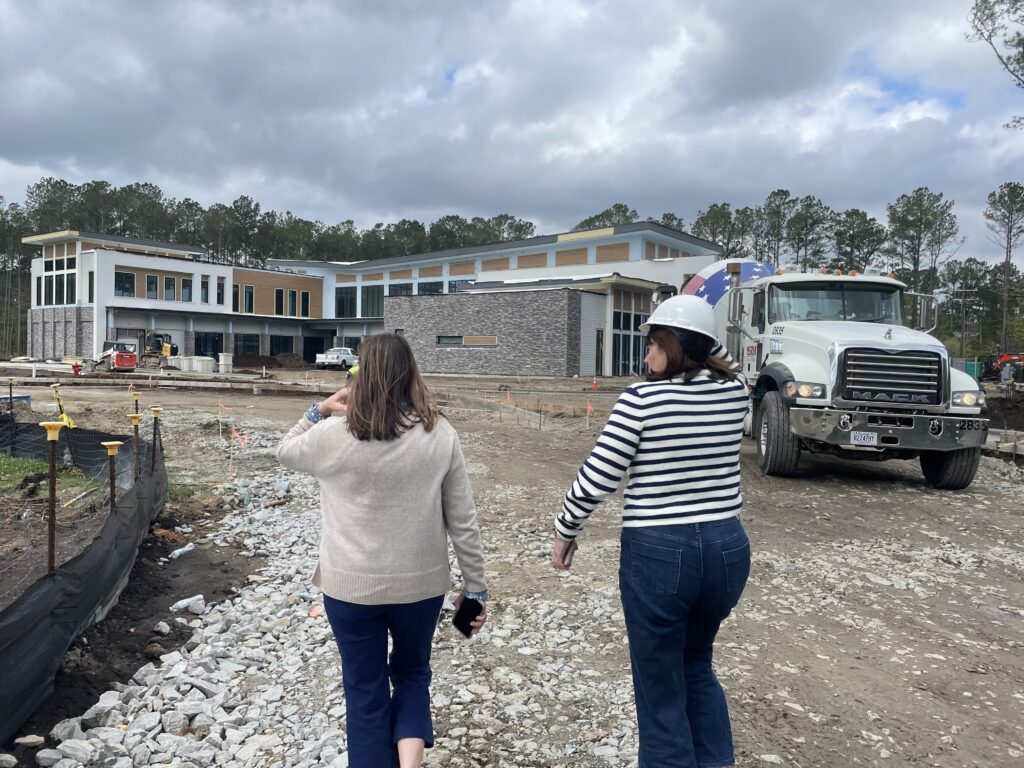
Rochelle said educating the community about best practices for interacting with a child abuse victim was an important first step for Onslow County, and is for any community. No matter if a child is at a hospital, a school, or a police station, those professionals need to be equipped with the appropriate tools and contacts in the community.
“Start with education,” she said. “With no resources, how could we today be more trauma-informed? How could we know what the issues in our community are that stress our families to the point where a child might be hurt in a family, and what are we doing there?”
The center relies on a mix of public and private funding from federal, state, and local resources. The average cost of each day-of service is about $7,200, including mental health services, medical exams, social worker advocacy, and forensic interviews.
“Any time you serve hurt children in a specialized service, you’re going to have to have all potential money sources at the table to really start it, so it can be very challenging to fund,” Rochelle said.
‘Everything is prevention’
The organization provides in-house mental health services, as well as connecting families to other programs and resources.
“There’s a model that I have in my head at all times: prevention, intervention, postvention,” Rochelle said. “Everything is prevention.”
Even though the CAC serves as an intervention, it can also be an opportunity to prevent further abuse.
“The intervention should always be focused on the postvention that should prevent a next incident happening,” she said. “You still have to help the person in that moment of crisis to know, ‘Oh, I could call them again.'”
She said the organization also offers many programs specifically focused on prevention, like supporting and expanding high-quality early care and education programs like Early Head Start. They also provide resources to parents as they deal with their own trauma.
“I don’t think we’re ever at a point in our lives where we don’t need some prevention,” she said.
In the fall, One Place will move to a new building the staff has named “Hope,” which will double its CAC’s capacity. It will include a youth mental health clinic, which will expand its services for victims and all youth in the community. It will also have a training center to expand professional development in trauma-informed care across industries.
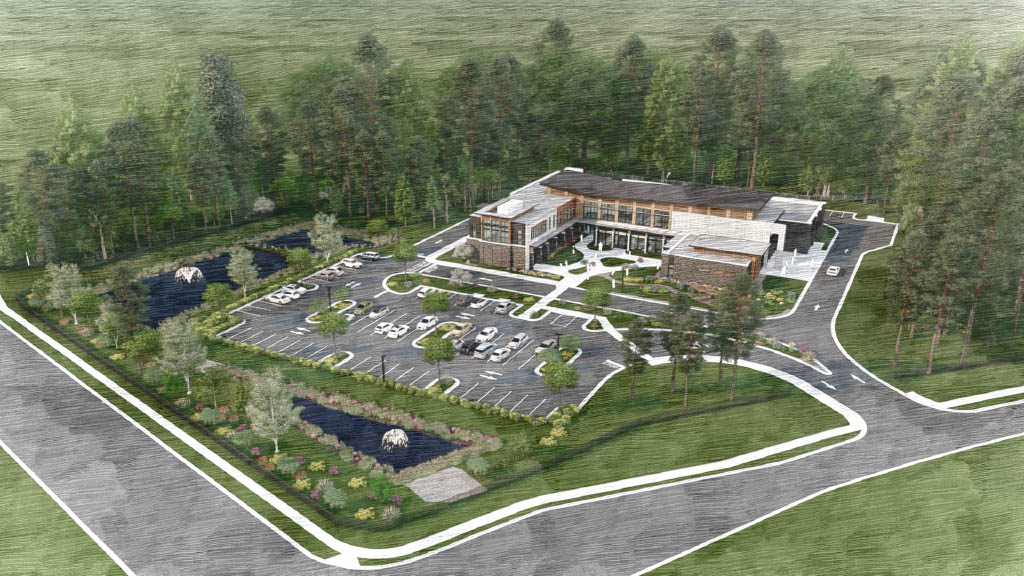
The entire physical building, especially the CAC wing, has been intentionally crafted to take care of children and the professionals who serve them. During the planning process, Rochelle interviewed the staff of One Place and the CAC and asked them to “dream big.”
The lighting, auditory quality, and textures were chosen to soothe people in moments of stress or crisis. A large quilt will be prominently displayed. There will be a “healing garden” outside.
“The goal of this is to be able to walk into a space where you get enveloped in safety, from what you see, from what you touch, from what you hear,” she said. “It’s all in alignment with serenity, hope, calm.”
Editor’s Note: This article has been updated with the correct name of the nonprofit One Place.
Recommended reading

